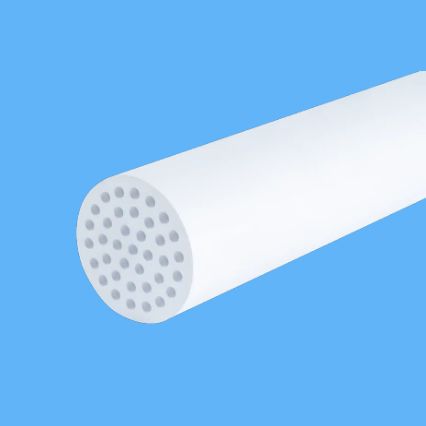JIUWU company produces the ceramic ultrafiltration membranes with the pore size 20nm, 50nm and so on with reasonable uf membrane price. JIUWU company offers a large choice of ceramic uf membranes with different geometries and cut-offs to meet your process requirements in viscosity, molecule size, impurity profile, purity and yield target, etc. as well as cleaning and sanitization procedures. So our ceramic ultrafiltration membrane ensures a reliable and long-lasting purification system. Ceramic ultrafiltration membranes are better than those membranes in ceramic membrane filtration systems. Our UF membrane water filter won't let you down!
| Pictures | Size | Pore size |
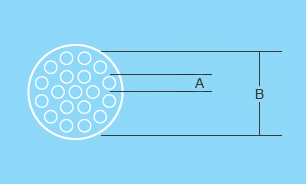 |
A: 3.3mm | 50nm |
| B: 25mm | ||
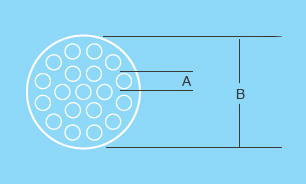 |
A: 4.0mm | 50nm |
| B: 30mm | 20nm | |
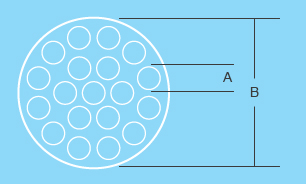 |
A: 6.0mm | 50nm |
| B: 40mm | ||
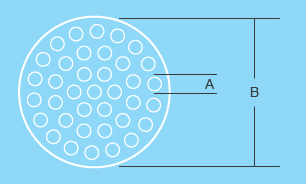 |
A: 3.6mm | 50nm |
| B: 40mm | ||
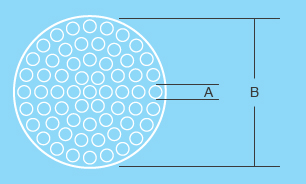 |
A: 2.5mm | 50nm |
| B: 40mm |
we will contact you within 24 hours.
 +86-25-58849045
+86-25-58849045
 +86-25-58749295
+86-25-58749295
 jiuwu@jiuwu.com
jiuwu@jiuwu.com
 No. 9 Park Road, Pukou District, Nanjing City (Sanqiao Factory)
No. 9 Park Road, Pukou District, Nanjing City (Sanqiao Factory) Call us on:
Call us on:  Email Us:
Email Us:  No. 9 Park Road, Pukou District, Nanjing City (Sanqiao Factory)
No. 9 Park Road, Pukou District, Nanjing City (Sanqiao Factory)

 English
English 한국어
한국어 français
français русский
русский Español
Español Contact Us
Contact Us 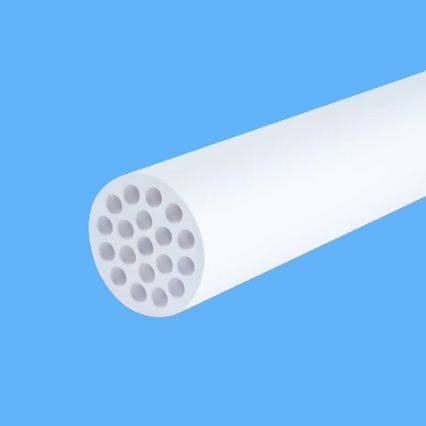


 CMF-19040-1200mm Ultrafiltration
CMF-19040-1200mm Ultrafiltration

